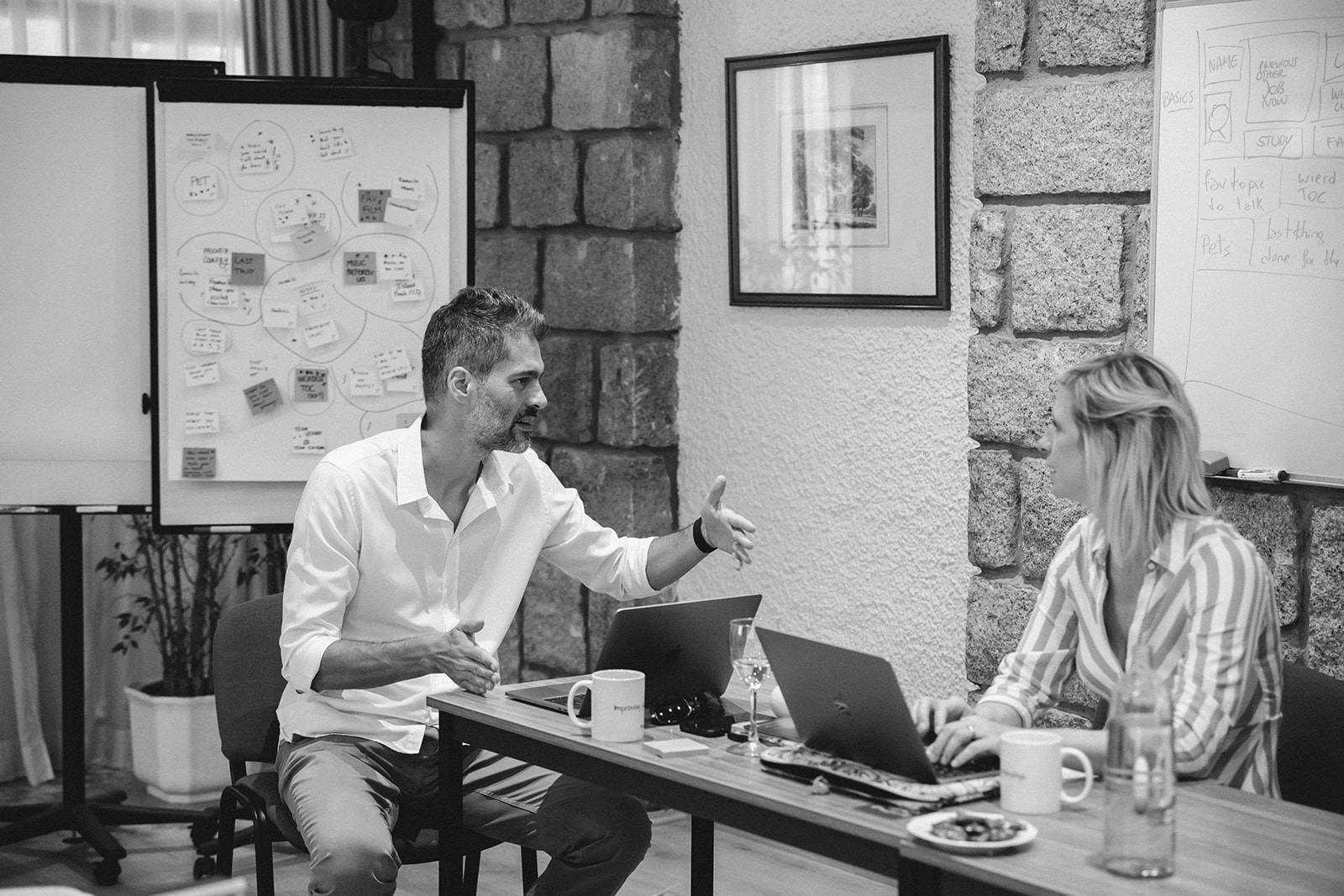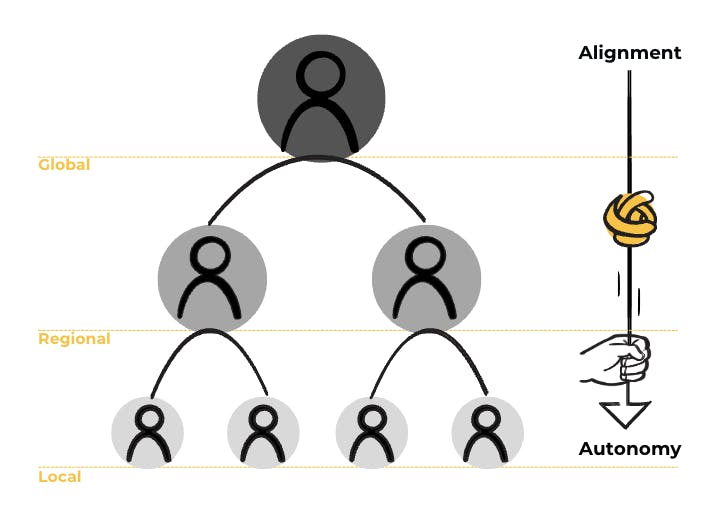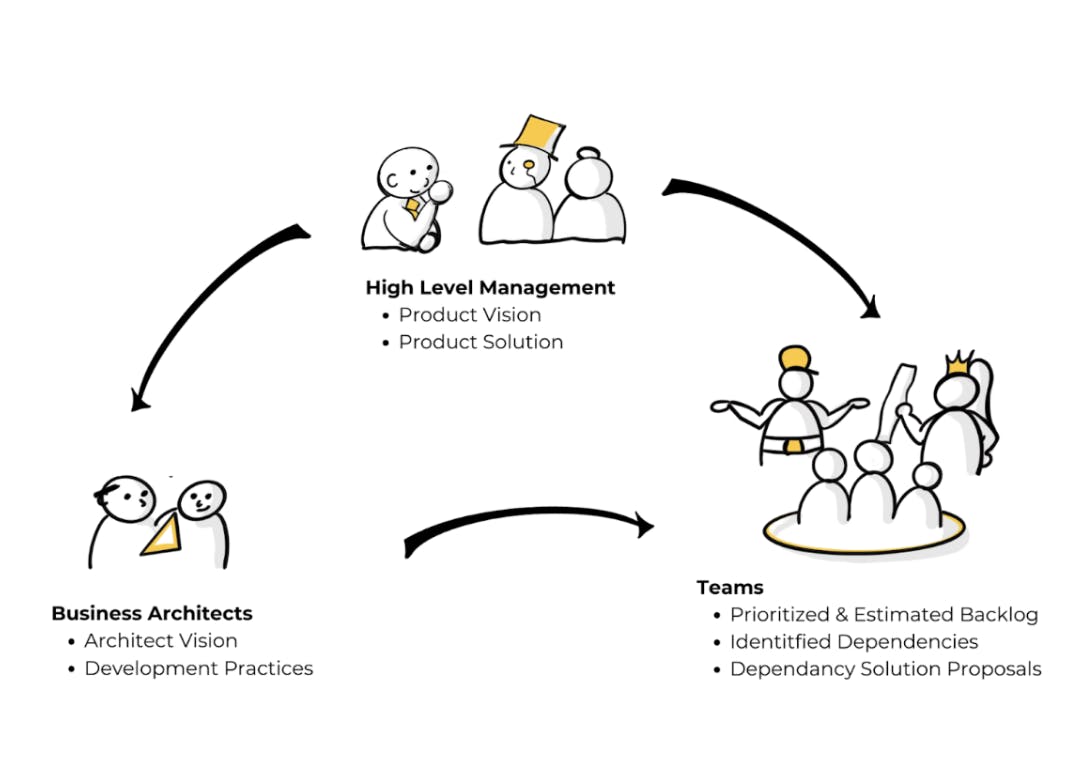3 steps to more effective Agile planning at Scale (using SAFe)

Tiago Garcez
25 Mar, 2025
business agility
business agility

Scaling Agile isn’t about choosing the “best” framework. It’s about identifying patterns that actually help people across the organization collaborate, make decisions, and deliver value at scale.
That’s why SAFe (Scaled Agile Framework) has remained so widely adopted: not necessarily because of its size, but because it includes a few planning patterns that really stick — especially in contexts where multiple teams must work together toward a shared product or customer experience.

One of the most effective patterns we’ve seen repeated across industries? The PI Planning Pattern.
But what people often miss is that this is not just a single event. It's a scalable pattern composed of three key practices that create alignment, uncover risk early, and increase delivery confidence across multiple teams.
Let’s walk through them!
1. Pre-planning: Clarity before collaboration
Before any big coordination event, teams take time to align internally.
Each team works independently to:
- Review their upcoming work
- Identify cross-team dependencies
- Surface technical or delivery risks
- Propose potential solutions
This stage decentralizes planning before the big room moment, making sure teams arrive better prepared — and with stronger ownership of what’s ahead. It also reduces time spent in large meetings, letting the main PI Planning session focus only on what truly needs alignment.
2. PI planning: Scaling agile without losing focus
SAFe’s Program Increment (PI) Planning is often the most visible part of the framework.
Held every quarter (or so), this event brings together everyone involved in delivering value: from leadership to business architects to team members.
In its classic form, it's a two-day, in-person or remote session where:
- Leadership shares product vision and business context
- Architects outline system direction and constraints
- Teams build a shared plan, identify dependencies, and align around priorities

The goal? A coordinated, cross-team plan for the next quarter — one that balances autonomy with alignment and connects high-level strategy to actual execution.
Importantly, organizations often adapt this pattern — for instance, shortening the main event and relying more on Pre-Planning and async preparation to reduce fatigue and increase focus.
3. Visualizing the quarter: ART planning board & Confidence vote
Once teams have built their plans, they bring everything together into a visual representation — often called the ART Planning Board.
This board shows:
- Features (with and without dependencies)
- Milestones
- Dependency lines between teams
- Timelines from all participating teams stacked together

This visualization is the moment where things “click”: Bottlenecks become visible. Overlaps and risks surface. Teams replan together — and commit together.
The final touch? A confidence vote. Each team member rates the plan from 1–5. If scores are low, teams go back and rework. If confidence is high, they move forward.
This makes commitment earned, not imposed — and reinforces trust in the plan across the entire train.
Final thoughts
SAFe isn’t just a framework — it’s a collection of patterns. And while not every organization will need full SAFe, this PI Planning pattern (with its pre-planning, collaborative planning, and visualizing rituals) continues to deliver real value in complex, multi-team environments. It helps connect the local with the global, it balances autonomy with alignment, and most importantly, it brings people into the planning process, not just processes.
If you’re navigating the complexity of scaling Agile, this might be one of the patterns worth trying — or revisiting.